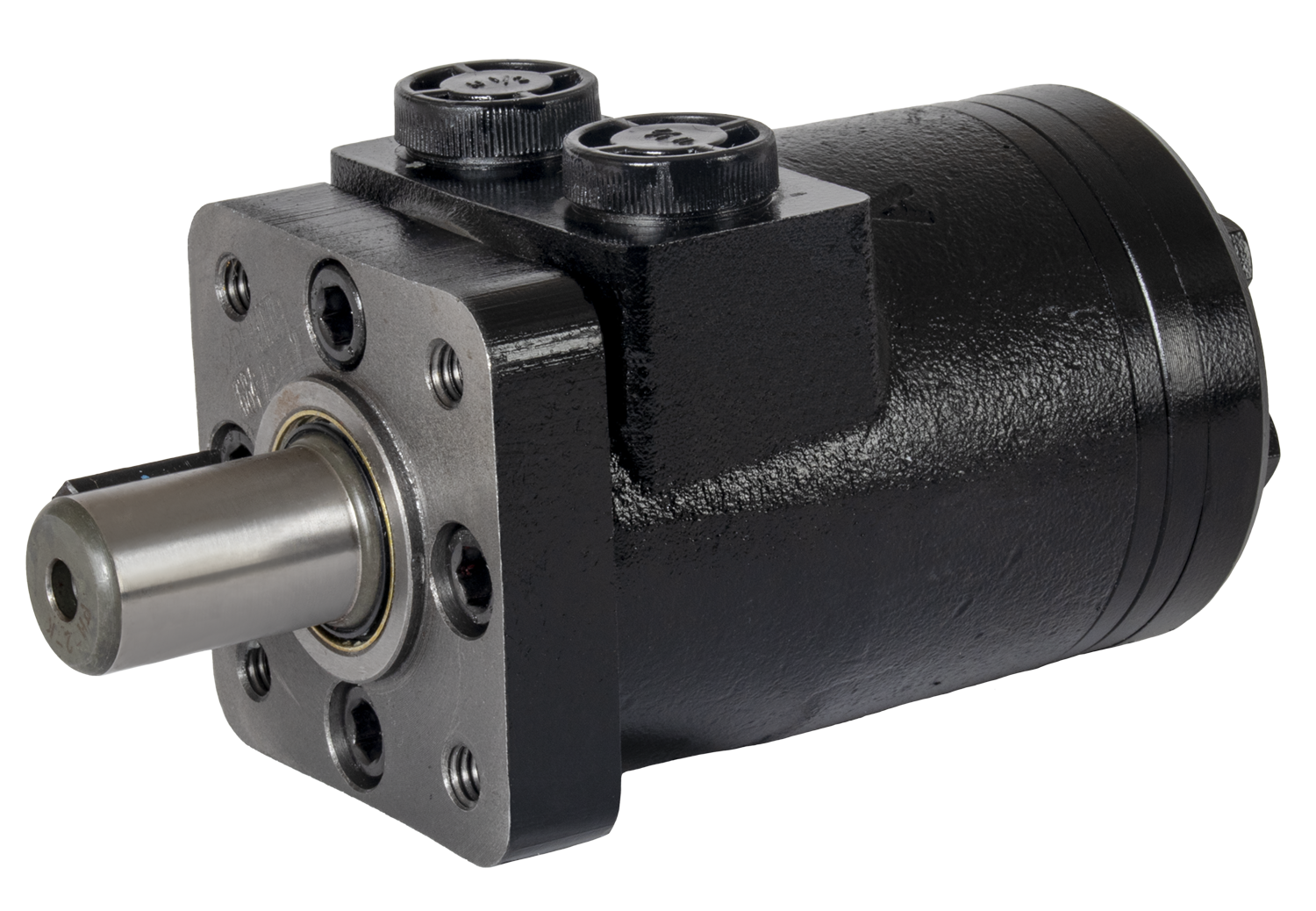Everything About Hydraulic Pumps
A hydraulic pump, which is a water pump that uses the kinetic energy of flowing water to push a small portion of that water to a higher level tank, is a mechanical device used to transfer liquid into a hydraulic system.
It can mainly be divided into hydrostatic and hydrodynamic. The first is the positive volume pump type. You can also get information about hydraulic pumps via the web.

Image Source: Google
At the same time, hydrodynamic pumps have a more complex design that allows the user to adjust the working volume to specific needs.
How does a hydraulic pump work? It works on Pascal's law, which states: "The pressure in a static hydraulic fluid in a closed system is the same everywhere." Normally, in hydraulic pumps, water or other fluids are under high pressure and move through various motors and cylinders.
Of course, like many other types of pumps, hydraulic pumps have a wide range of applications. Its applications can be summarized as transfer and circulation of fluids in light industry and irrigation in agriculture and pressure raising.
And in everyday applications, especially in hydraulic systems, a single pump can serve multiple cylinders and motors. However, the accompanying problem is that in this case a constant pressure system is required and the system always requires full power.
Hydraulic pumps include gear pumps, screw pumps, curved axis pumps, peristaltic pumps, etc. All of these different types of pumps have many characteristics in common.